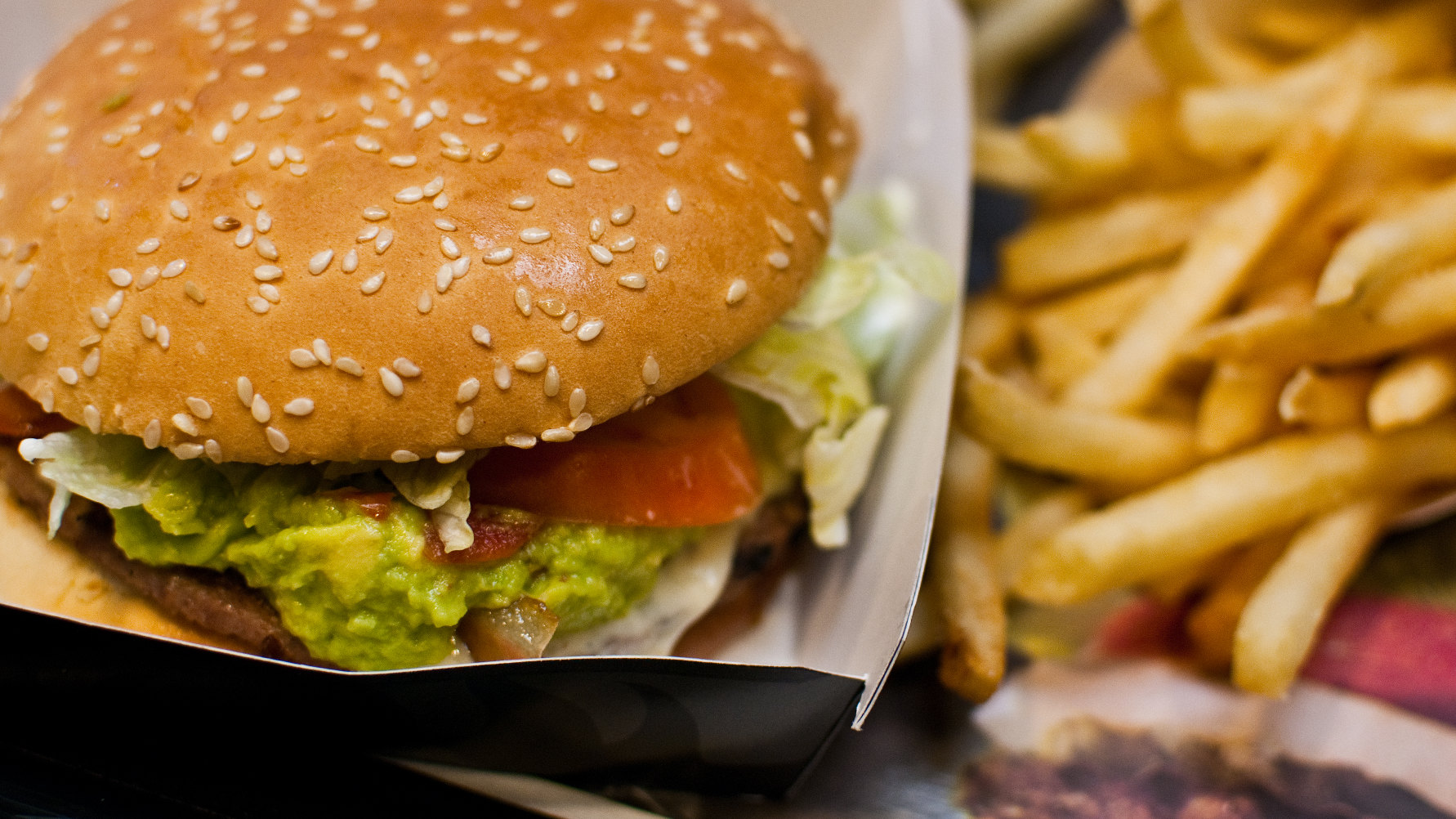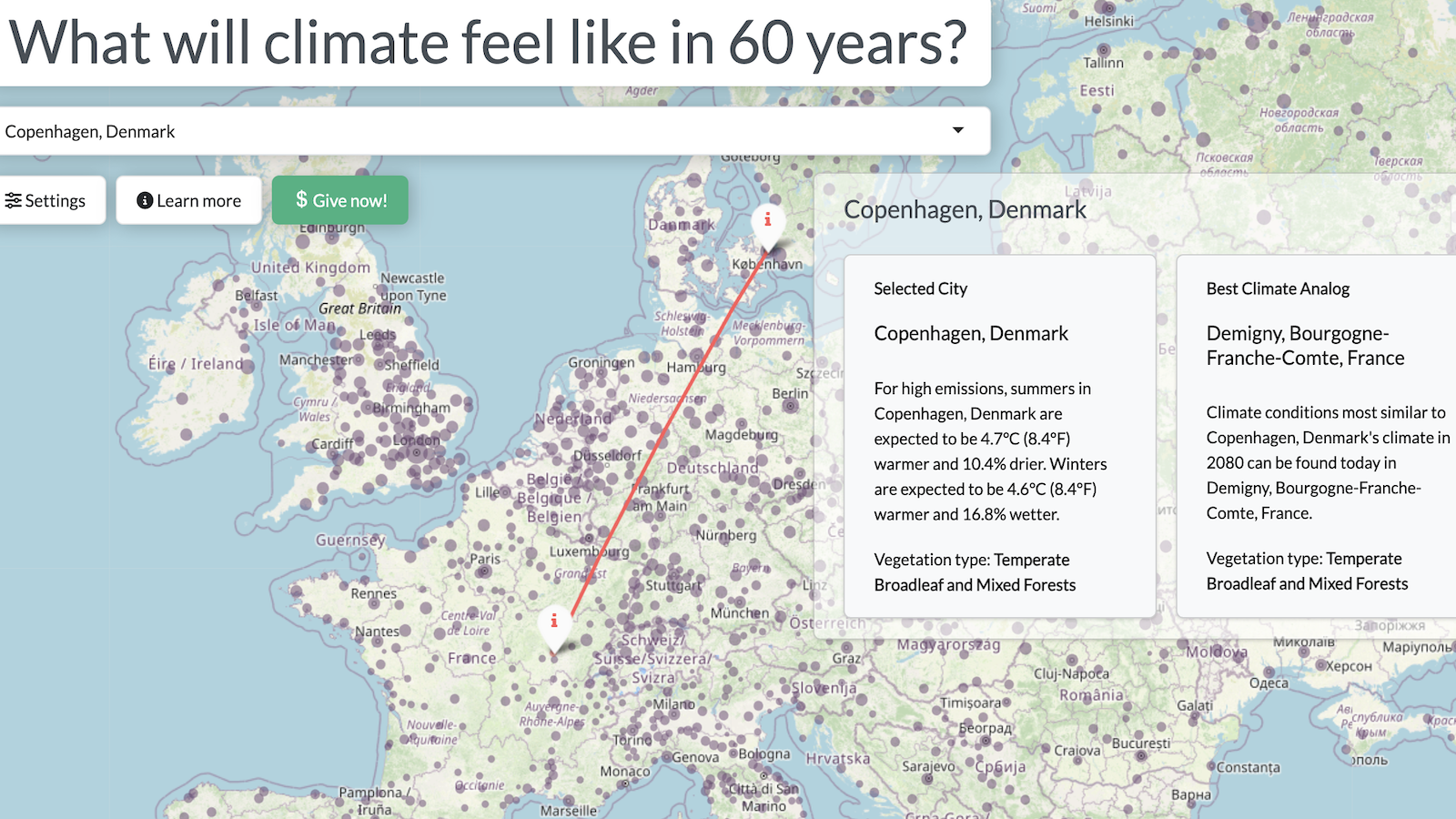Forget Inactive Lifestyles. Extremely Cheap Food Is Causing Obesity.

What’s the Latest?
Unlike past studies which have concentrated on regional obesity differences–why are Mississippians heavier than Coloradans, for example?–a new study focuses on what has motivated an increasing Body Mass Index (BMI) across all geographical regions of the US. “The striking finding is the similarity of increases in BMI across groups,” say the study’s authors. “Targeting selected sociodemographic groups might help to reduce disparities, a laudable goal itself, but it would seem very unlikely to address the much bigger effects that have occurred over time.”
What’s the Big Idea?
The new study, whose authors hail from the Rand Corporation and the University of Illinois, tracks rising BMIs alongside the decline in food prices that began in the 1930s, when Americans spent one quarter of their income on food. In the 1950s, it was about one-fifth. Now, it’s about a tenth. “The obesity epidemic has been fueled by historically low food prices relative to income,” the paper says. “Americans are spending a smaller share of their income (or corresponding amount of effort) on food than any other society in history or anywhere else in the world, yet get more for it.”
Read more at Fast Company
Photo credit: GSerban/Shutterstock




